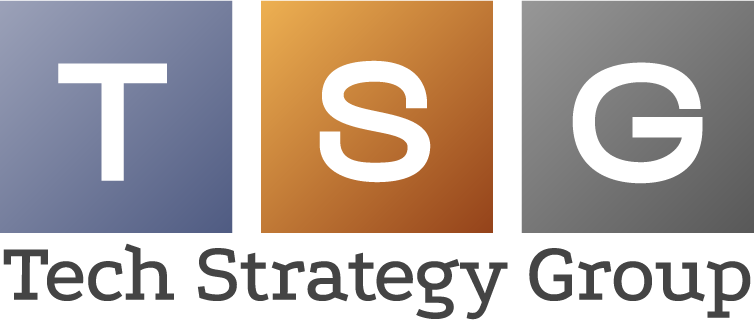In an era where environmental awareness is paramount, industries of all kinds are reevaluating their practices to minimize their carbon footprint. Among these, architecture firms are embracing sustainability not only in their designs but also in their daily operations, including their use of Information Technology (IT). As the nexus between digital innovation and ecological responsibility continues to evolve, architecture offices are finding innovative ways to integrate sustainable IT practices into their workflows.
The Nexus of Architecture and Sustainability
Architecture plays a key role in shaping the built environment, making sustainability an inherent concern for the industry. Sustainable architecture prioritizes minimizing resource consumption, reducing waste, and creating buildings that operate efficiently. However, the pursuit of sustainability extends beyond the physical realm of construction to encompass the digital infrastructure that supports architectural processes.
The Green Imperative for IT
IT operations in architecture offices traditionally involve significant energy consumption and electronic waste generation. From powering servers and workstations to managing data storage and communication networks, the carbon footprint of IT infrastructure can be substantial. Recognizing this, architecture firms are increasingly adopting sustainable IT practices as part of their broader environmental commitments.
Virtualization and Cloud Computing
Virtualization technologies allow architecture firms to maximize the utilization of computing resources by running multiple virtual machines on a single physical server. This consolidation reduces the number of servers needed, thereby cutting energy consumption and space requirements. Additionally, cloud computing services enable firms to offload computing tasks to remote data centers, leveraging economies of scale and energy-efficient infrastructure.
Energy-Efficient Hardware
The selection of energy-efficient hardware is another critical aspect of sustainable IT in architecture offices. Energy Star-certified computers, monitors, and peripherals consume less power without sacrificing performance, contributing to significant energy savings over time. Moreover, transitioning to laptops from desktops can further reduce energy consumption, as laptops typically consume less power and can be powered down when not in use.
Lifecycle Management and E-Waste Reduction
Proper lifecycle management of IT equipment is essential for minimizing electronic waste. Architecture offices can extend the lifespan of devices through regular maintenance, upgrades, and refurbishment, thereby reducing the frequency of replacements. When it is time to retire equipment, responsible disposal methods such as recycling or donating to e-waste programs ensure that materials are reclaimed and reused wherever possible.
Sustainable Software Solutions
In addition to hardware considerations, architecture offices are turning to sustainable software solutions to streamline workflows and reduce environmental impact. Building Information Modeling (BIM) software, for instance, allows architects to design and simulate buildings digitally, minimizing the need for physical prototypes and material waste. Furthermore, collaborative platforms and project management tools enable remote work and teleconferencing, reducing the carbon emissions associated with commuting and business travel.
Monitoring and Optimization
Continuous monitoring and optimization are essential for ensuring the effectiveness of sustainable IT practices in architecture offices. Energy management systems can track energy consumption patterns and identify areas for improvement, while virtualization and cloud management tools provide insights into resource utilization and efficiency. By regularly assessing performance metrics and implementing optimizations, firms can further reduce their environmental footprint while enhancing operational efficiency.
Conclusion
As stewards of the built environment, architecture offices have a responsibility to integrate sustainability into every facet of their operations, including their use of Information Technology. By embracing sustainable IT practices such as virtualization, energy-efficient hardware, lifecycle management, and eco-friendly software solutions, firms can minimize their environmental impact while enhancing productivity and competitiveness. As the push for sustainability intensifies, sustainable IT will continue to be a cornerstone of environmentally conscious architecture practices. Contact TSG today, and join us in paving the way for a greener and more sustainable future.







